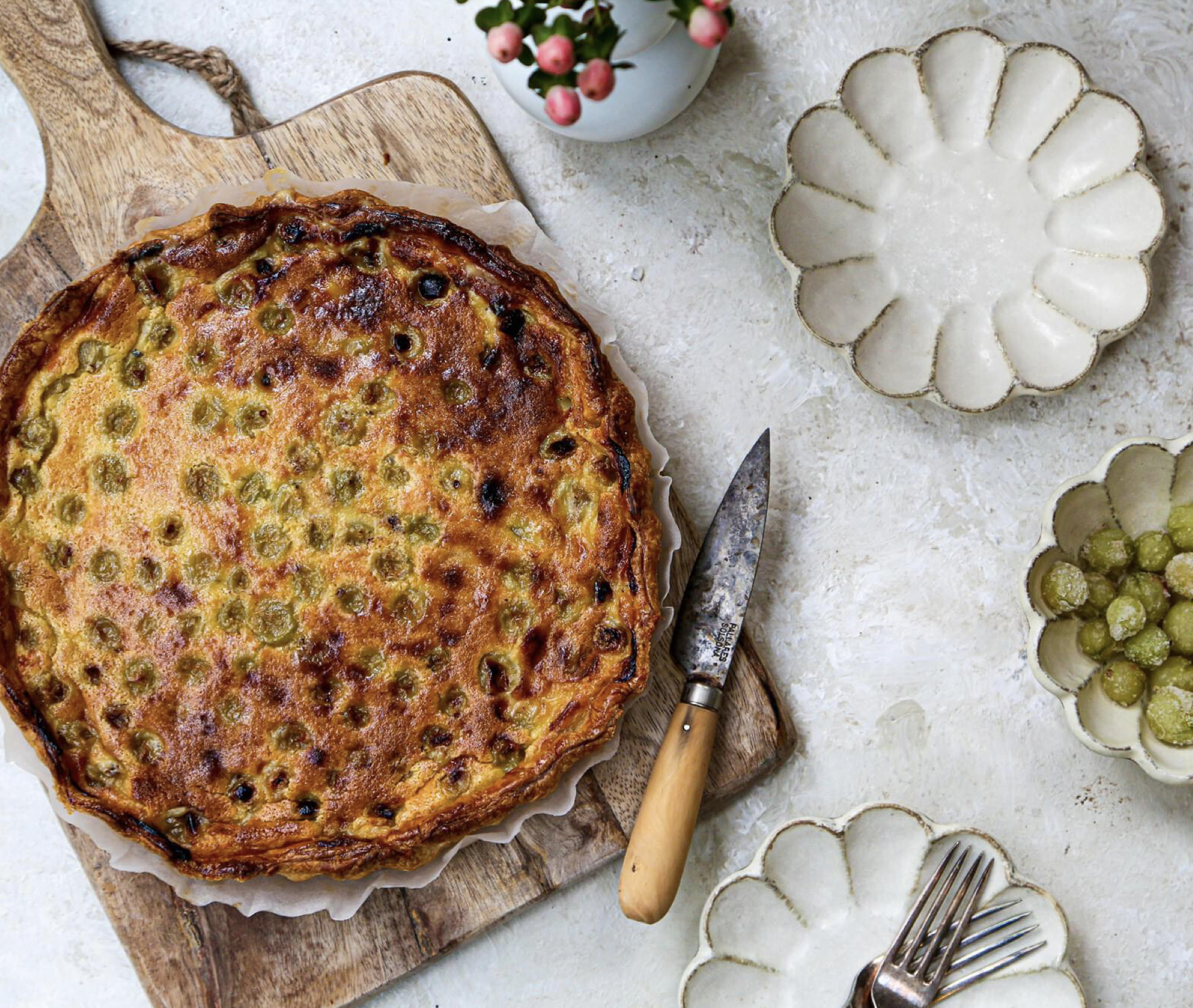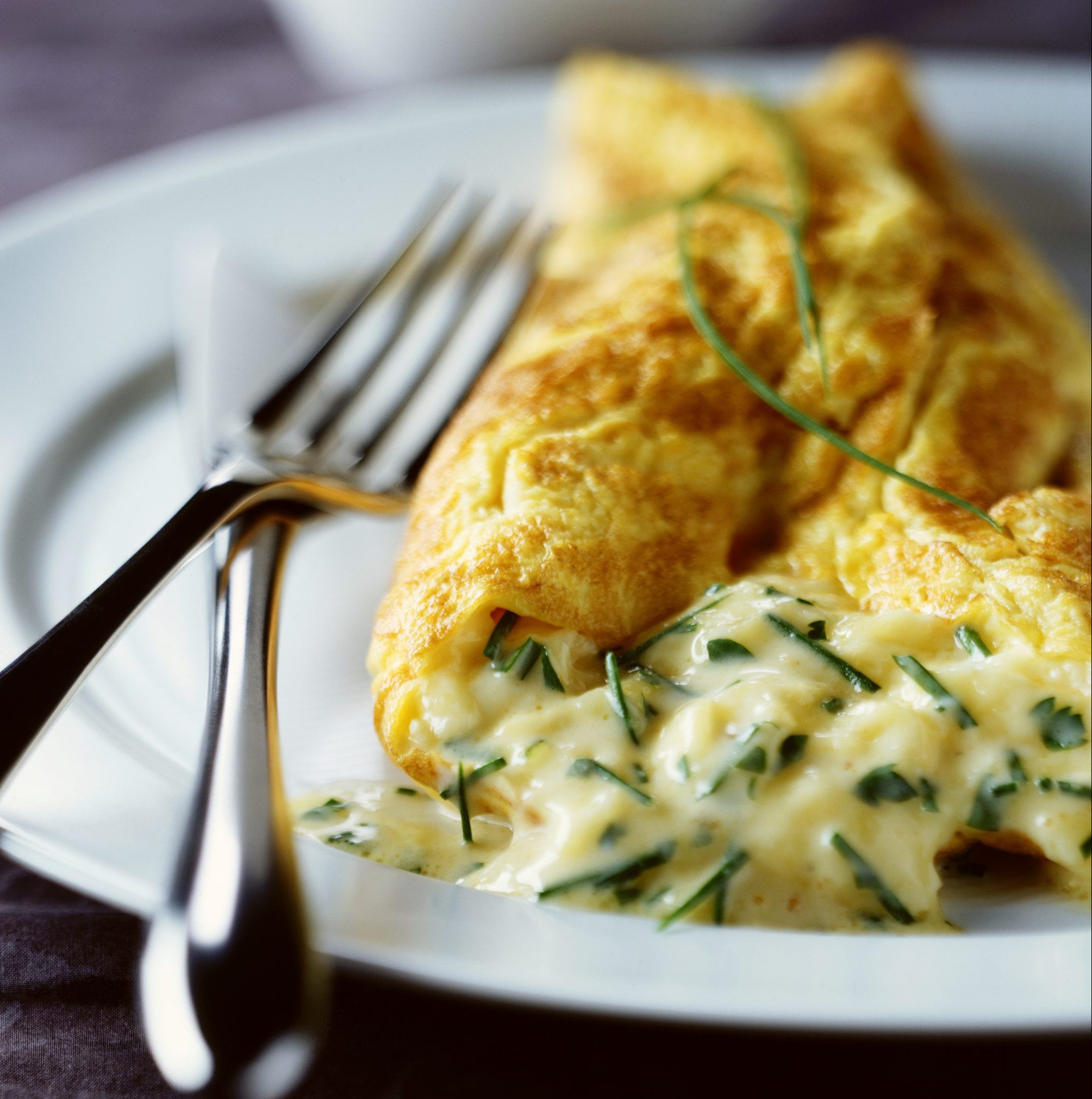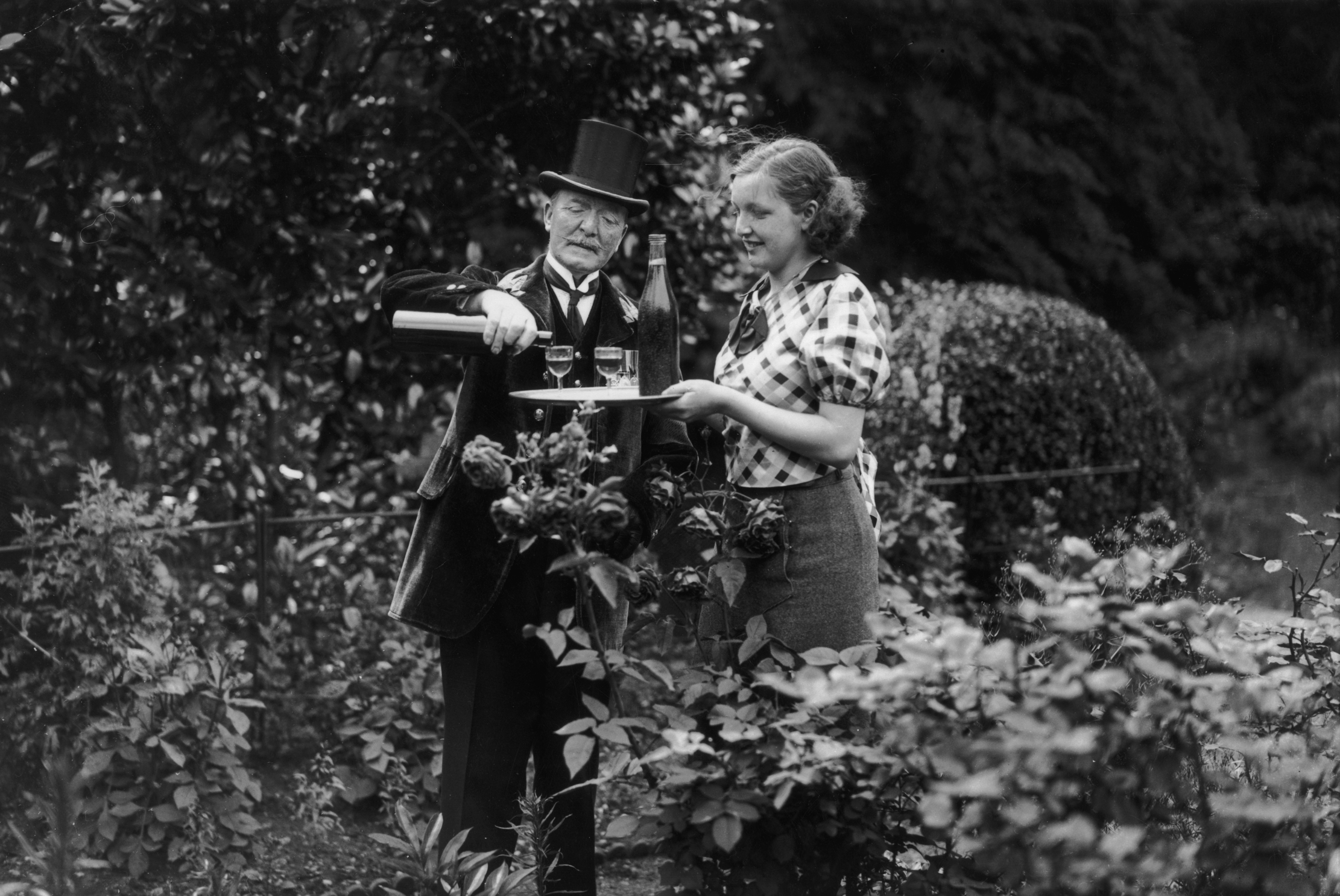The sacred, the profane, the chaste and the lascivious: The secrets of the best strawberries according to Tom Parker-Bowles
Sack off the chocolate and savour them pure and unblemished, save for a 'slick of cream and sprinkling of sugar'.


On a sheep-cropped knoll under a clump of elms we ate the strawberries and drank the wine — as Sebastian promised, they were delicious together.’ For Charles Ryder, the narrator of Evelyn’s Waugh’s Brideshead Revisited, these luscious fruits represented not only the sun-dappled nostalgia of an age long past, but a memory fecund with longing and lust.
In Thomas Hardy’s Tess of the d’Urbervilles, however, the strawberry’s role in the heroine’s seduction is rather less subtle. Alec d’Urberville, the silver-tongued, but black-hearted cad, picks a ‘specially fine product of the ‘British Queen’ variety’ (say what you want about the fella, he knew his berries), then ‘stood up and held it by the stem to her mouth. “No — no!” she said quickly, putting her fingers between his hand and her lips. “I would rather take it in my own hand.” “Nonsense!” he insisted; and in a slight distress she parted her lips and took it in.’ Things, as you may imagine, did not end happily for Tess.
Such is the strawberry’s eternal appeal, a fruit that mixes the sacred and the profane, the chaste and the lascivious, the coy and the delectably seductive. Because the strawberry seems engineered for licentious pleasure — buxom, soft and beguiling. Like the cherry and peach, two other nubile nymphettes, those curves are as much edible flirtation as they are summer fruit, a wink, a nudge, a gap-toothed grin. What other fruit has a cameo role in both Pretty Woman (‘It brings out the flavour in the Champagne,’ says Richard Gere to a blondly bewigged Julia Roberts) and 9½ Weeks, where a whole bowl is seductively caressed in a scene that can only be described as literal food porn.
In Roman times, the wild, or Alpine, strawberry was closely associated with the goddess Venus and given to newlyweds as an aphrodisiac, whereas in the avowedly lusty panoply of the Northern gods, they were associated with Frigg, the goddess of fertility. So far, so sexy. But medieval artists saw strawberries as symbolic of the Virgin Mary, remarkable for being in fruit and flower at the same time, a symbol, they said, of her loving meditation in Heaven. As in Shakespeare’s Othello, where the strawberries on Desdemona’s handkerchief are, ironically, a sign of purity and fidelity. ‘She may be honest yet. Tell me but this,’ Iago hisses to the Moor. ‘Have you not sometimes seen a handkerchief, spotted with strawberries, in your wife’s hand?’
Perhaps the best example of the fruit’s fundamental duality, and that battle between piety and temptation, lies in The Little Garden of Paradise, a work by the artist known only as Upper Rhenish Master, where an angel sits beside a strawberry bush as the Devil lurks below. As the strawberry transformed, however, from petite (and very natural) maiden to voluptuous temptress, the symbolism became altogether more blatant — although the plump, curvaceous strawberry that we know and love is a relatively recent confection, a combination of North American roots and South American nous.
‘A rich man whose teeth, constitution and heart were all stainless steel might reasonably look back to life in the mid 18th century with longing,’ writes Jane Grigson in Good Things, ‘but not if he liked strawberries.’ Born in a French market garden at the end of the 18th century, the scarlet intensity and deep flavour of the Virginian strawberry (Fragaria virginiana) was married to the juiciness and heft of a Chilean (F. chiloensis) to create F. x ananassa, or the mother of the modern-day strawberry.
The English, as usual, took things further still and, in a flurry of 19th-century berry bravado, started growing on a commercial scale. Thomas Andrew Knight created the ‘Downton’ and the ‘Elton’, whereas Michael Keens’s eponymous ‘Seedling’ — the progenitor of pretty much every modern variety — was bigger and juicier still. Fast forward a century and, as our national appetite for the strawberry grew (nearly two million are sold every year at Wimbledon alone), so turnover trumped taste and depth of flavour was superseded by empty good looks. I blame the supermarkets, which demand a variety that will keep its shape during transportation from field to shelf. Meaning the fruit must be picked early, before fully ripe, leaving the punter with a berry that walks the walk, but simply cannot talk the talk.
Exquisite houses, the beauty of Nature, and how to get the most from your life, straight to your inbox.
‘Doubtless God could have made a better berry,’ goes a quote variously attributed to Izaak Walton and the Revd Sydney Smith, ‘but doubtless God never did.’
As ever, it is a matter of base economics, too. ‘Strawberries are affected by many things,’ explains Annabel Makin-Jones, a West Yorkshire strawberry farmer and jam-maker, ‘including what they are fed, the weather (particularly sunlight), how much water they are given and the variety. Highly commercial berries are grown based on cost and yield, which can ultimately affect how they taste. The best-tasting strawberry makes costs higher due to lower yields and more input costs.’
Ben Drummond of EC Drummond in Herefordshire agrees that ‘flavour and aroma are extremely important’. But that it’s ‘a combination of characteristics that really make the perfect strawberry, such as general size, visual appearance and yield. Additionally, we look for the perfect texture — firm, but not crunchy and a bright-red colour, without going too dark or ripening unevenly.’ Ultimately, adds Miss Makin-Jones, ‘it’s all about flavour, shape, size, colour and smell. It has to be attractive to the eye, as well as the taste’.
That scent is all important, as much a part of summer as the smell of cut grass. And as Angela Clutton writes in Seasoning, her rather wonderful new book, the two are linked not only by ‘memories and emotions, but by cold hard fact’. They share a chemical compound called (Z)-3-hexenal. But when it comes to the eating, I like my strawberries pure and unembellished, save a slick of cream and sprinkling of sugar. At the beginning of the season, at least.
As the months pass, thoughts gradually turn to fools and trifles, syllabubs, compotes, souffles and sorbets. What I don’t like is a hot strawberry, as the oven seems to steal their vitality and the essence of their appeal. Just as I can’t get too excited about them dipped in chocolate. The sort of thing described as ‘naughty, but nice’. Urgh. No, to appreciate strawberries at their very best is to devour them sun-warmed and straight from the plant.
If you are lucky enough to have a glut and your shelves are already groaning with homemade jam, freezing the excess is the only option. But not whole, as strawberries never quite emerge as they went in, having been robbed of something essential in the cold. Grigson, always an authority on such matters, advises puréeing them first, with a little sugar. ‘This seems to me more of a winter treat,’ she writes, ‘than trying to pretend that the whole strawberry can keep its soul in the freezer.’
However you like them, summer is simply not summer without the strawberry, a fruit for dog days and sultry nights alike. They’re the scarlet-hued soul of the Season, as essential to Royal Ascot as they are to Wimbledon, Henley and Glyndebourne. Hell, I’ve even seen them at Glastonbury, gleaming buxomly amid the mud. But, like all the best English produce, seasonality is the key. Their long absence through the winter makes them taste that much sweeter. ‘Doubtless God could have made a better berry,’ goes a quote variously attributed to Izaak Walton and the Revd Sydney Smith, ‘but doubtless God never did.’

'The Swiss Army Knife of foods': Untangling the truth and lies around milk
Milk's reputation has seen plenty of ups and downs in recent years, but the farmer, chef and writer Matthew Evans

How to make gooseberry and ginger custard tart
Melanie Johnson shares her recipe.

Credit: Getty Images/Image Source
The dish that's as simple as it is brilliant: Tom Parker-Bowles on omelettes, and his ultimate omelette recipe
On omelette takes minutes to make, but a lifetime to master — and practice may eventually make perfect, hopes Tom Parker

Credit: J A Hampton/Stringer via Getty Images
How to grow your own botanicals and impress at cocktail hour
Once associated largely with gin, there is a host of easy-to-grow botanicals that will enliven both drinks and mealtimes, advises
Tom Parker Bowles is food writer, critic and regular contributor to Country Life.
